Understanding Liquidation Risk: FAQs and Protection Tips
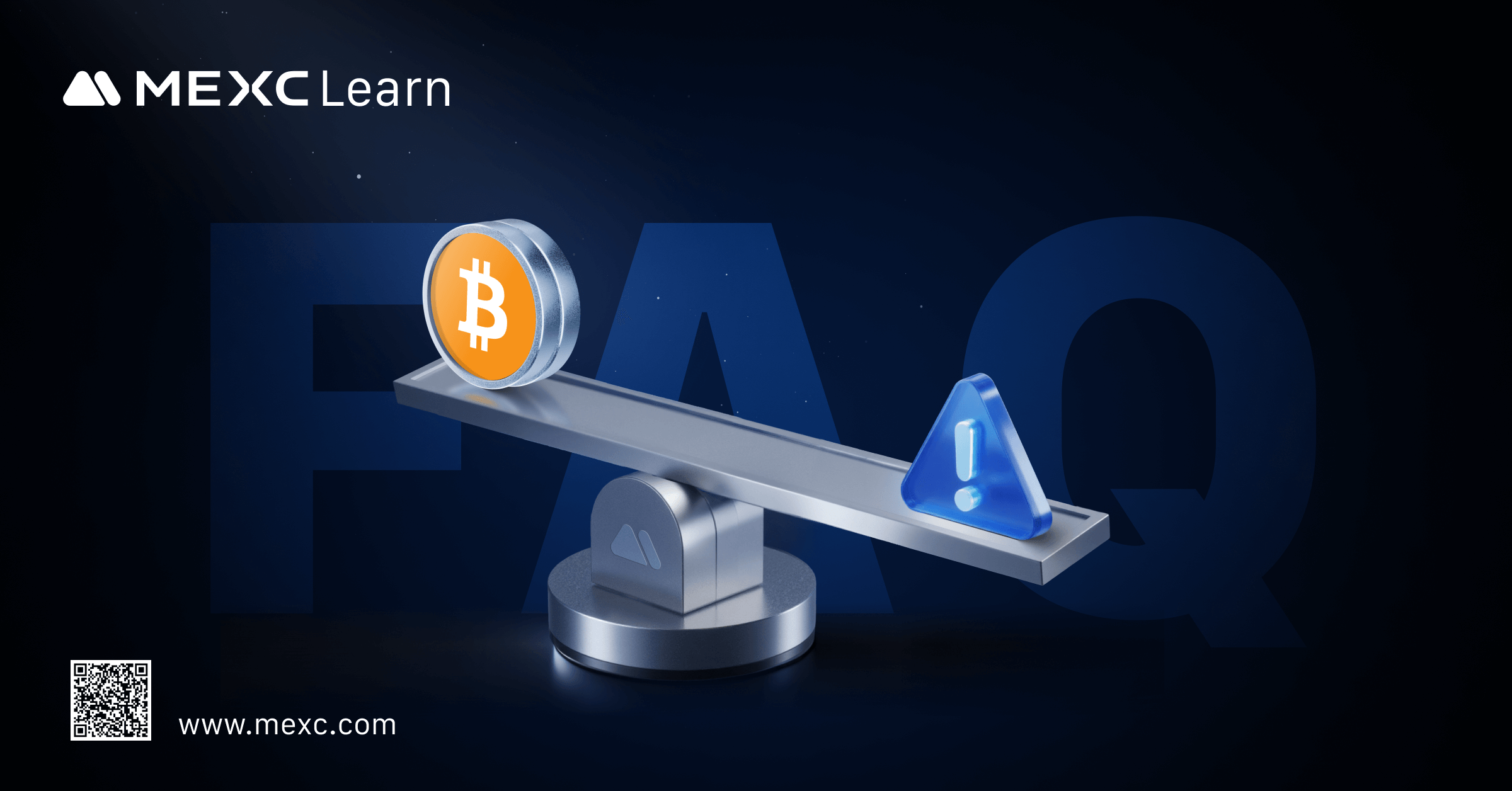
1. What Is Liquidation and Why Is It Important?
- Anticipate and manage risk, reducing the likelihood of unexpected position closures.
- Use leverage and margin more effectively, thereby lowering the probability of liquidation.
- Refine trading strategies to maximize capital efficiency and stability.
2. How Does Liquidation Work on MEXC Futures?
2.1 Calculation Based on Fair Price
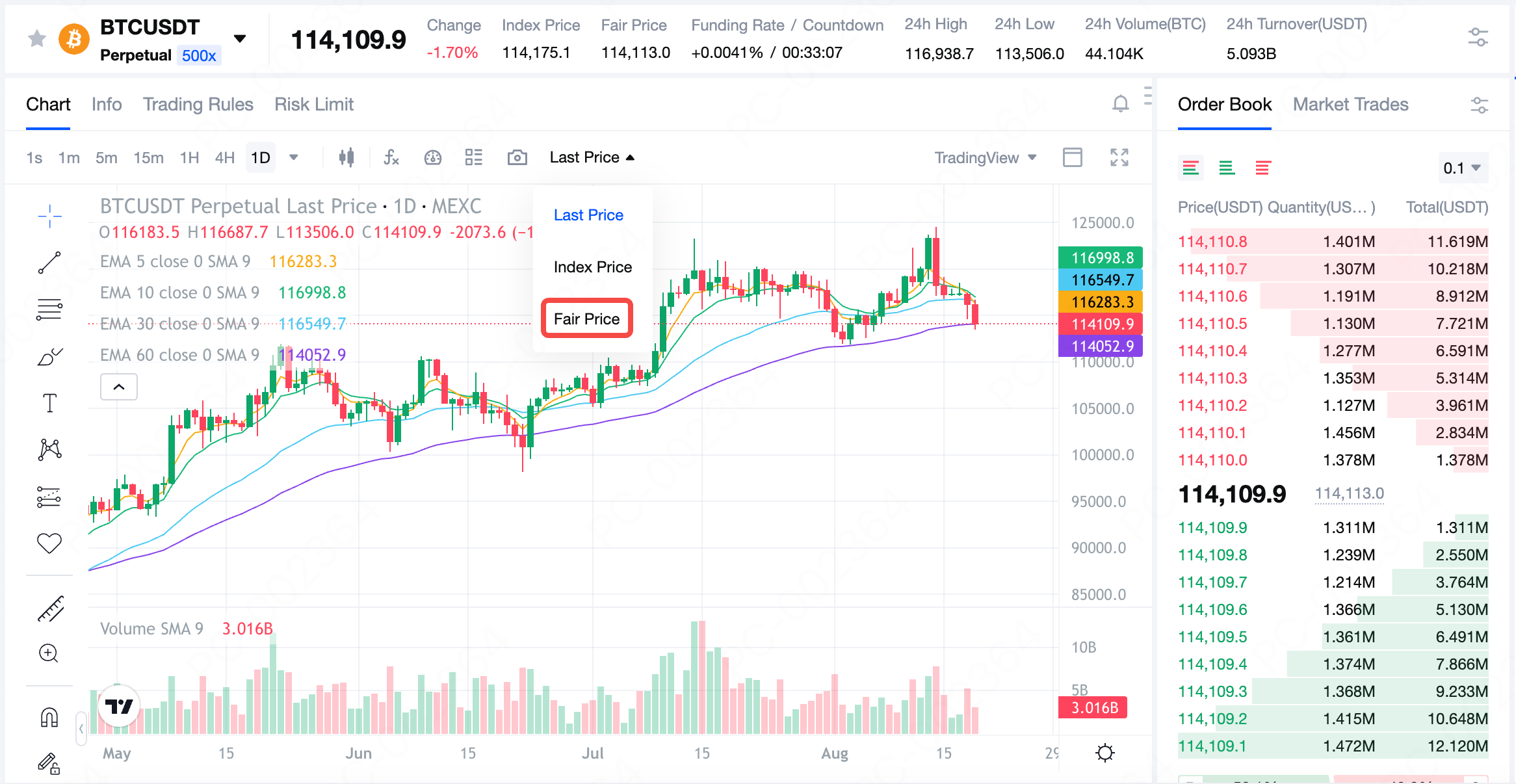
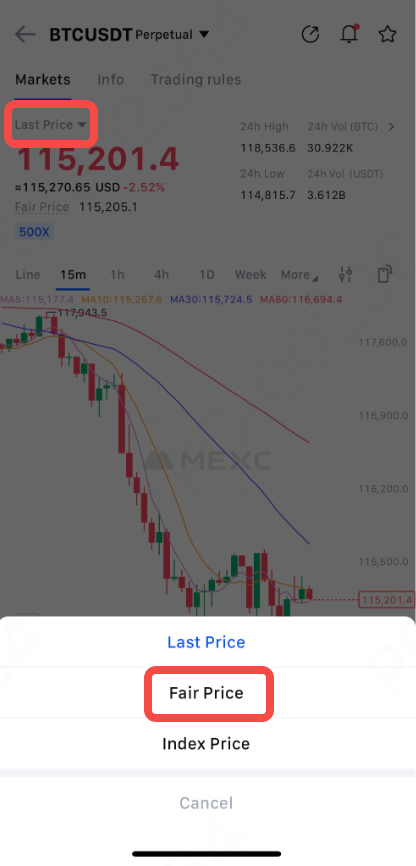
2.2 Bankruptcy Price Takeover of Positions
3. Why Does the Liquidation Price Change?
3.1 Margin Mode Differences
3.2 Funding Rate Fluctuations
4. Why Might a Stop-Loss Order Fail?
4.1 Stop-Loss Price Set Too Close
4.2 Extreme Market Volatility
4.3 Other Factors
5. How to Reduce Liquidation Risk
- Set leverage prudently: Choose leverage levels in line with your own risk tolerance. For beginners, it is recommended to keep leverage under 10x to reduce the impact of price swings on margin.
- Select margin mode strategically: Cross Margin spreads risk across all positions but can affect your overall account balance, while Isolated Margin confines risk to a single position. Choose based on your strategy and risk tolerance.
- Maintain sufficient margin: Add margin regularly to widen the buffer between your open price and liquidation price, improving your ability to withstand volatility.
- Enable risk alerts: Turn on liquidation price alerts or price reminders to monitor risks in real time and take timely action.
- Prioritize capital preservation: In highly volatile markets, focus on controlling losses and protecting principal rather than chasing maximum profit.
6. Conclusion
Popular Articles

On What Date Was the First Block of the Ethereum Blockchain Mined?
If you've ever wondered about Ethereum's beginning, you're asking the right question. The story of when Ethereum's first block was mined marks one of the most significant moments in cryptocurrency his
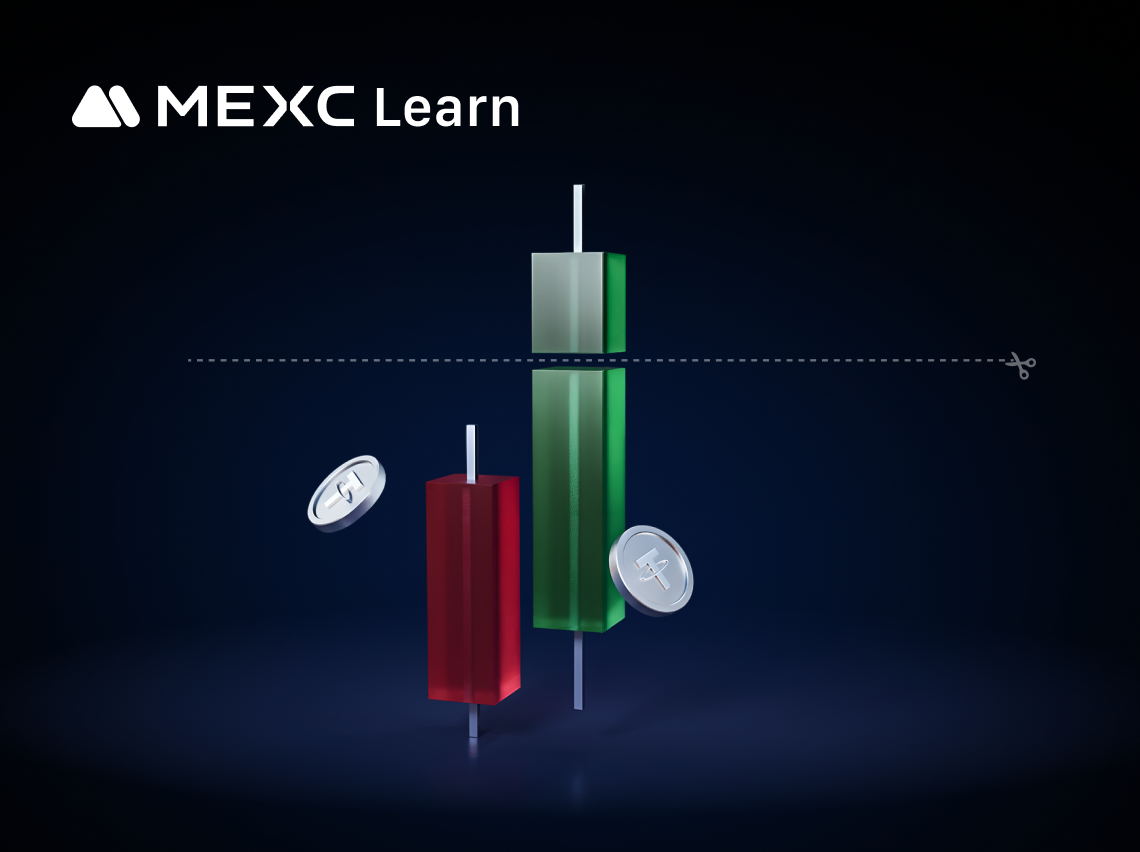
MEXC Advanced Futures Trading Strategies: Take Profit to Lock in Gains
When trading futures, successfully opening a position is only half the battle. The key to determining the success of a trade lies in closing it effectively: locking floating profits on the books into
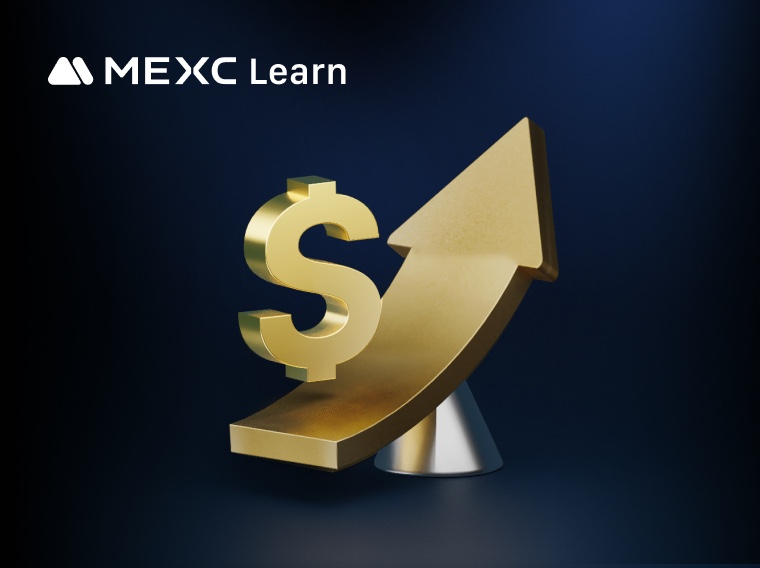
Maximize Profits or Face Liquidation? Mastering the Core Mechanics of Futures Leverage for Optimal Capital Efficiency
In the cryptocurrency and derivatives markets, leveraged futures trading is a powerful yet high-risk instrument. By enabling traders to control substantial positions with relatively small amounts of c
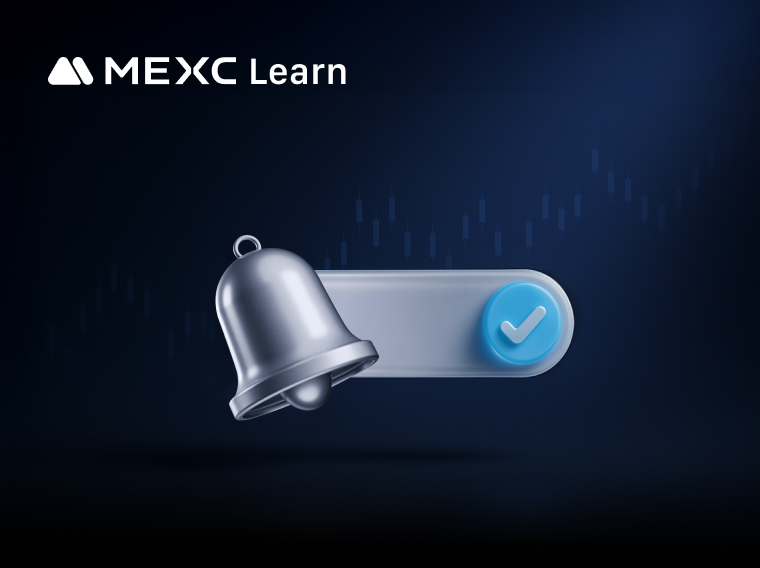
MEXC Price Alert Setup Guide: Stay on Top of Market Trends and Boost Trading Efficiency With MEXC Notifications
In the fast-paced world of cryptocurrency trading, price fluctuations often occur within milliseconds. This is especially true when trading Futures, where users can easily fall into fatigue and emotio
Hot Crypto Updates
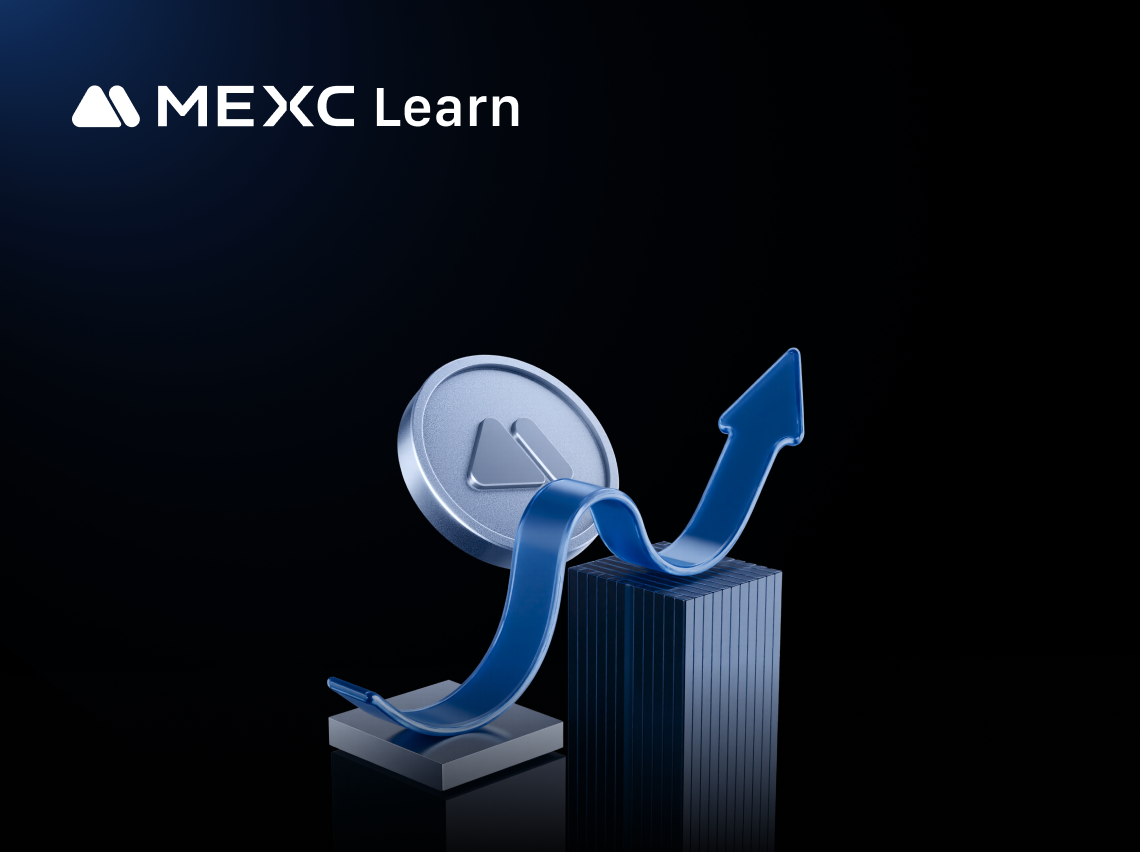
Is Anoma (XAN) Legal? Compliance Guide for Traders
Introduction to Anoma (XAN)'s Legal ClassificationAnoma (XAN) is an innovative cryptocurrency operating in the global digital finance sector, designed as an intent-centric decentralized operating syst
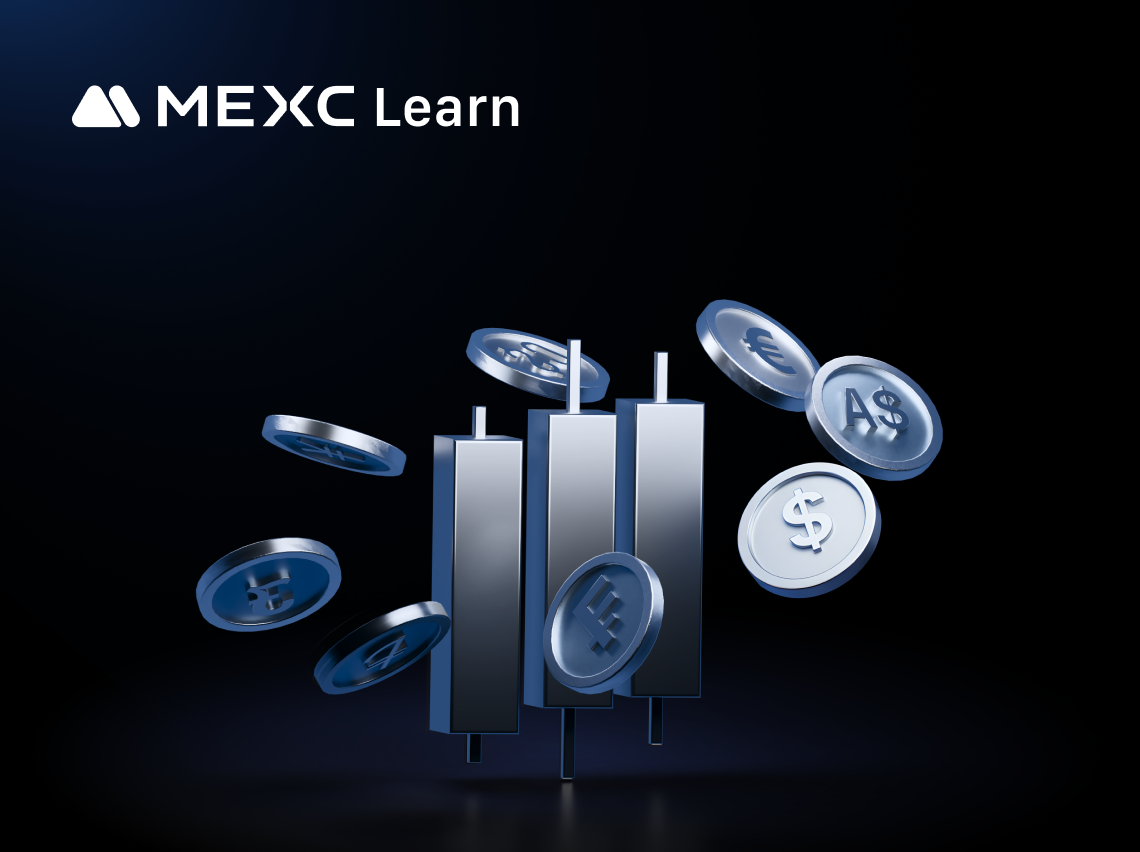
How to Select an Anoma (XAN) Trading Platform with Low Fees
Introduction to Trading Fee Structures for Anoma (XAN)When trading Anoma (XAN) or any cryptocurrency, fees can significantly impact your overall returns, especially for active traders who make frequen

Anoma (XAN) Derivatives 101: Beginner's Guide
Understanding Anoma (XAN) DerivativesAnoma (XAN) derivatives are financial contracts that derive their value from the underlying Anoma cryptocurrency without requiring ownership of the actual XAN toke
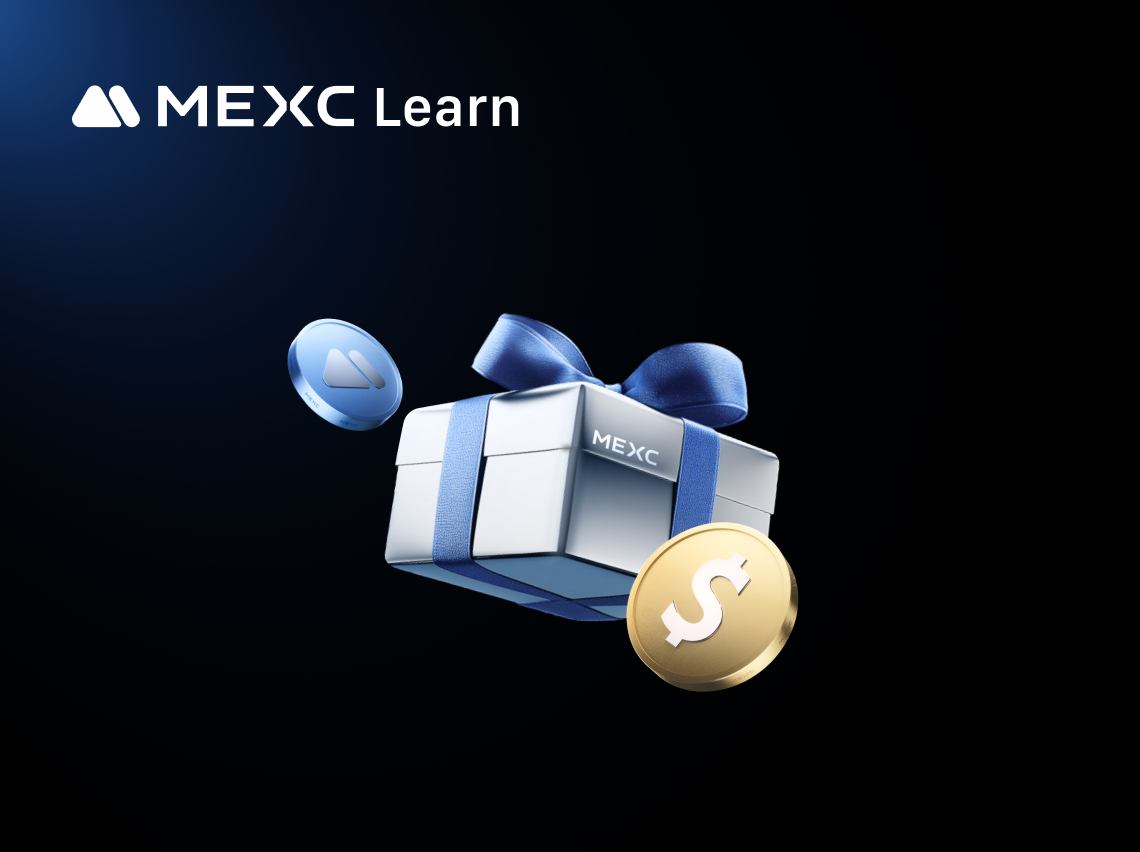
Anoma (XAN) Futures Trading: Risks and Rewards
Introduction to Anoma (XAN) Futures TradingAnoma (XAN) futures contracts allow traders to buy or sell XAN at a predetermined price at a future date without owning the actual Anoma tokens. Unlike spot
Trending News

Sei Foundation's DeSci Fund appoints UN blockchain expert as venture partner
PANews reported on October 2nd that Sapien Capital, the decentralized science (DeSci) investment arm of the Sei Development Foundation, has appointed Dr. Alex Cahana as a venture partner. He will assi

CME plans to offer 24/7 trading for its cryptocurrency futures
PANews reported on October 2 that according to Bloomberg reporter Walter, the Chicago Mercantile Exchange (CME) plans to provide 24/7 trading services for its cryptocurrency futures products. The move

Russia’s Central Bank Prepares Crackdown on Crypto in New 2026–2028 Strategy
The Central Bank of Russia’s long-term strategy for 2026 to 2028 paints a picture of growing concern. The document, prepared […] The post Russia’s Central Bank Prepares Crackdown on Crypto in New 2026

Lovable AI’s Astonishing Rise: Anton Osika Reveals Startup Secrets at Bitcoin World Disrupt 2025
BitcoinWorld Lovable AI’s Astonishing Rise: Anton Osika Reveals Startup Secrets at Bitcoin World Disrupt 2025 Are you ready to witness a phenomenon? The world of technology is abuzz with the incredibl
Related Articles

MEXC Advanced Futures Trading Strategies: Take Profit to Lock in Gains
When trading futures, successfully opening a position is only half the battle. The key to determining the success of a trade lies in closing it effectively: locking floating profits on the books into

Maximize Profits or Face Liquidation? Mastering the Core Mechanics of Futures Leverage for Optimal Capital Efficiency
In the cryptocurrency and derivatives markets, leveraged futures trading is a powerful yet high-risk instrument. By enabling traders to control substantial positions with relatively small amounts of c

MEXC Price Alert Setup Guide: Stay on Top of Market Trends and Boost Trading Efficiency With MEXC Notifications
In the fast-paced world of cryptocurrency trading, price fluctuations often occur within milliseconds. This is especially true when trading Futures, where users can easily fall into fatigue and emotio
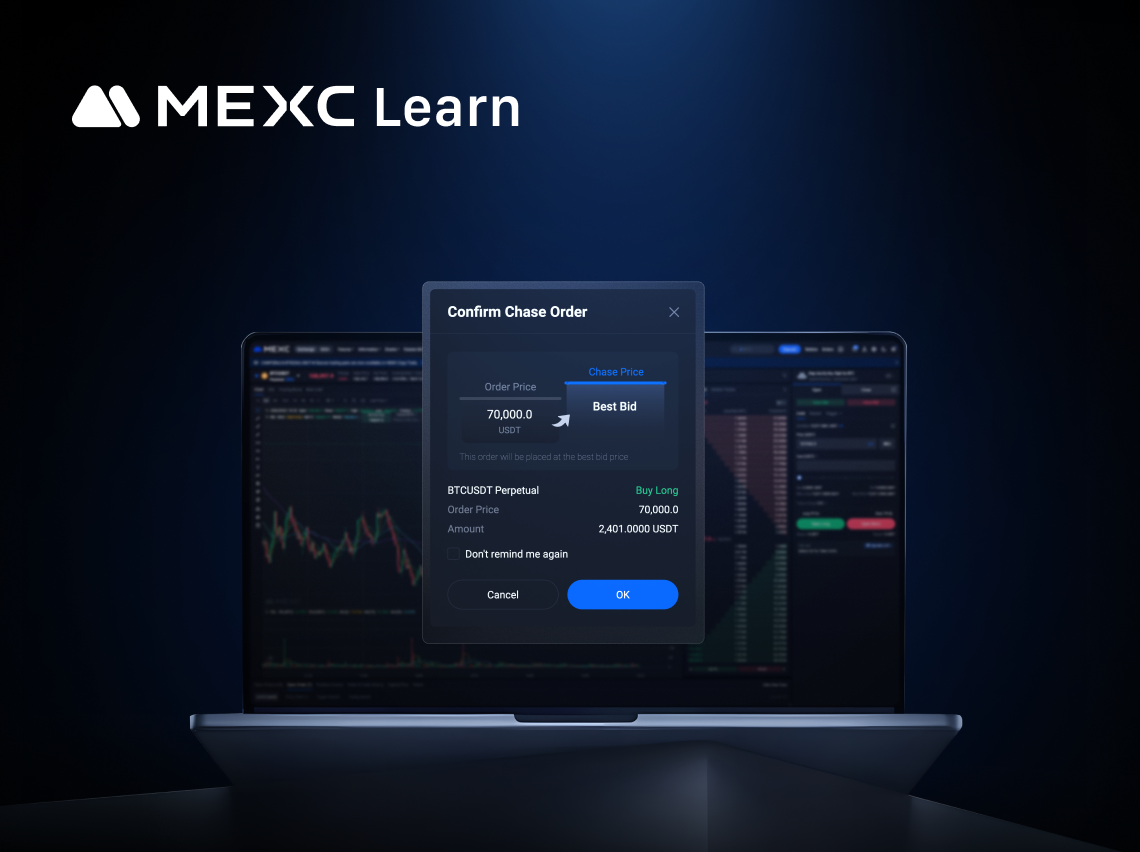
Don't Miss Trading Opportunities: Capture Market Volatility with MEXC Futures Chase Orders
High volatility has long been one of the defining features of the cryptocurrency market, and it remains an important factor attracting many participants. In such fast-moving conditions, the ability to
